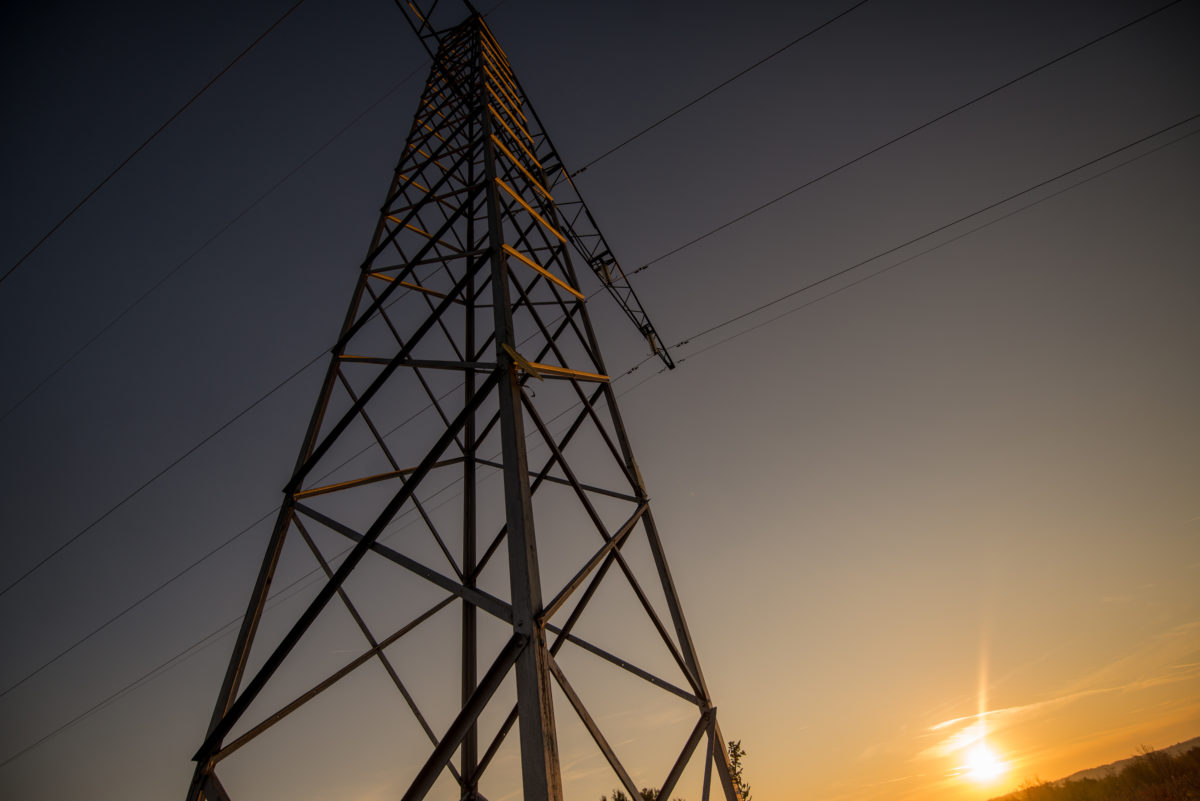Netbeheer Nederland, the Dutch association of grid operators and electricity and gas providers, and the Dutch renewable energy associations De Nederlandse Vereniging Duurzame Energie (NVDE) and HollandSolar last week signed a preliminary agreement to ensure a faster and cheaper grid-connection of large-scale solar power plants to the network.
The so-called Affordable electricity on the grid (Stroom Betaalbaar op het Net) agreement, which has also been backed by the Dutch minister of economic affairs, Eric Wiebes, establishes that PV plant operators will be able to connect their projects at 70% of their capacity and, in turn, they will be allowed to connect them without having to wait for more grid availability. “Usually, a solar park does not produce more than this percentage,” the associations explained. “A production peak of more than 70% only occurs about 3% of the time every year.”
According to the associations, the grid capacity that these peaks would require could be better used to connect more projects and faster. The members of Holland Solar have also agreed to allow the exploitation period of the plants to be at least 20 years.
Dutch solar analyst Peter Segaar told pv magazine that the deal was the logical outcome of the fact that net capacity was increasingly becoming a problem in the Netherlands. “This started in the northeastern provinces such as Groningen, Drenthe, Overijssel, which are a service territory of power provider Enexis, and were soon followed by regions where Liander operates, such as North Holland, Flevoland and patches in Gelderland,” Segaar explained. “Things have accelerated since Enexis started to publish maps of rapid problem increases in the large province of North Brabant, where developers started to plan lots of bigger solar parks, and parts of northern Limburg followed suit.”
Liander, on the other hand, announced in mid-August its intention to connect only solar parks at 75% of their peak capacity. “In this way, we can connect more producers of green electricity and save up to €400 million in social costs in our service area,” it stated at the time. “By connecting solar parks at 75% of their peak capacity, we can use the electricity grid much more efficiently.”
According to Segaar, however, last week's agreement does not solve all grid issues the country has for the future integration of renewable energy source. “We already have an accumulated portfolio of 12 GW of solar under the SDE+ program,” he added. “This puts immense pressure on the network operators to accommodate this capacity.” Of the total allocated power under the scheme, which is around 16 GW, only 4 GW has currently been connected to the Dutch grid.
Popular content
The agreement, according to its signatories, may become an opportunity to develop more solar projects linked to storage facilities in the future.
In late May, the Dutch government said that grid operators were not obliged to compensate the owners of solar rooftops whose arrays are disconnected due to problems with grid capacity and voltage quality. According to Segaar, solar system disconnections are frequent only in densely populated areas when systems feature cables that were designed for consumption only. “Many PV systems on such lines cause voltage increases, incidentally above the set norm,” Segaar said at the time.
The Netherlands could reach between 38 GW and 125 GW of total installed solar capacity by 2050, according to a recent report by Netbeheer Nederland. According to the latest statistics from the International Renewable Energy Agency (IRENA), the Netherlands' cumulative installed PV capacity stood at 6.72 GW at the end of 2019. In a report released in November, the Netherlands Environmental Assessment Agency (PBL) predicted that the country could rise to 36 GW of installed solar power by 2030.
As part of the agreement, the parties also express their wish for a separate category in the SDE+ to provide extra incentives for projects in which the production peak is postponed and distributed to the grid; a kind of “flatten the solar curve”. This can be done, for example, by using batteries.
It has also been agreed that the network operators will provide more insight into the bottlenecks in the network and that market parties should be involved as much as possible in finding solutions. In addition, the parties will jointly work for faster (spatial) procedures for necessary grid reinforcements.
This content is protected by copyright and may not be reused. If you want to cooperate with us and would like to reuse some of our content, please contact: editors@pv-magazine.com.



As I have shown (see link), total accumulated allocated solar capacity under SDE programs in Netherlands has been 16 GW (status update RVO Sep. 22, 2020). Of that, 4 GW has materialized according to the RVO data (that, however, lag behind reality). Remaining is a volume of 12 GW up till the recent, “officially closed” SDE 2020 Spring round. Alas, as has become appartent from the enormous losses in previous SDE rounds, still a lot of that remaining volume of 12 GW will not materialize. One of the main, but certainly not only reasons is the grid capacity, that has already been claimed for in large sections in Netherlands.
http://www.polderpv.nl/nieuws_PV165.htm#29okt2020_SDE_update_RVO_22_september_2020_complete_analyse
Response to Mr Segaar, why don’t they simply install electrolysers and push the H2 into the gas network (of which NL has a very large amount).